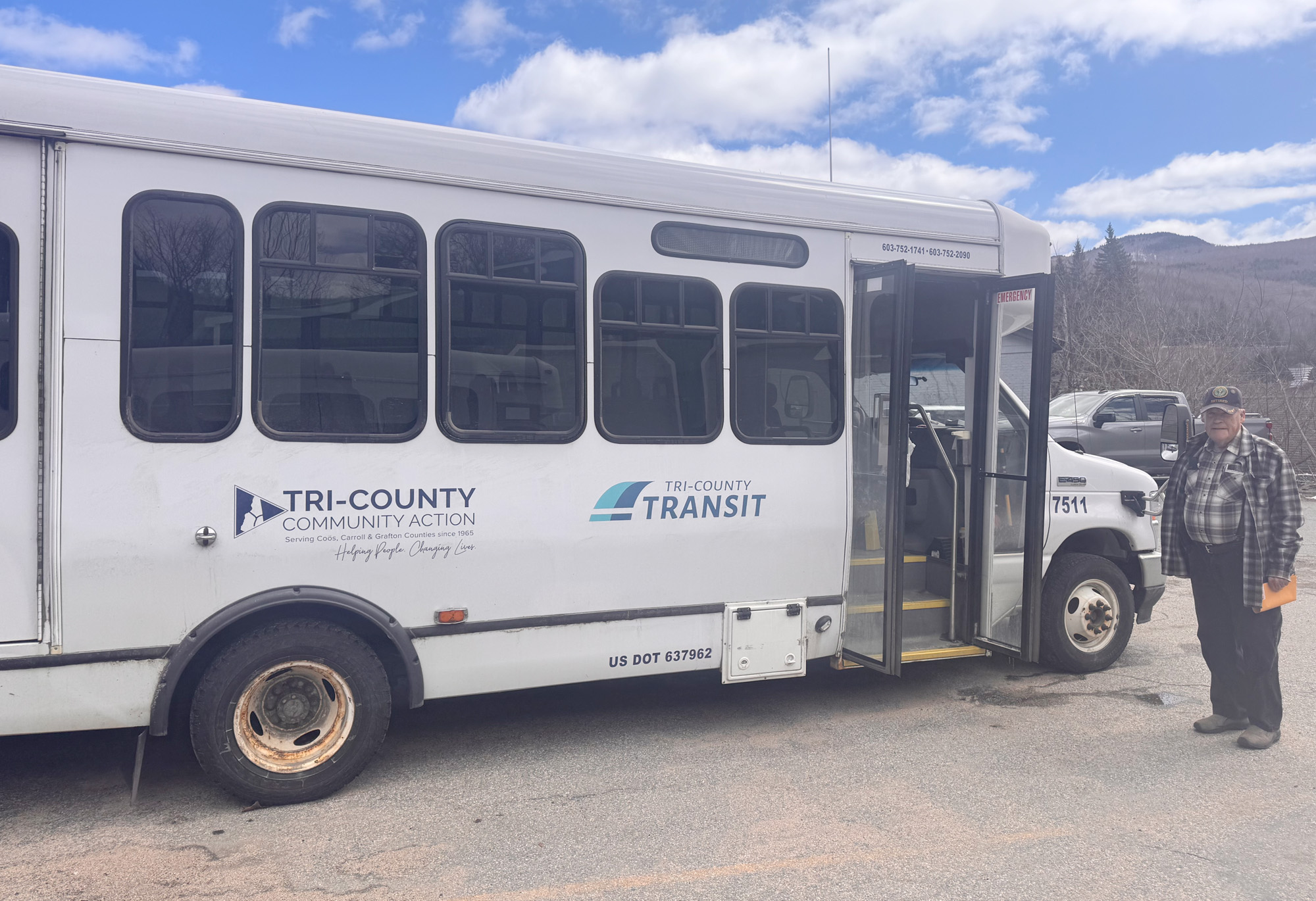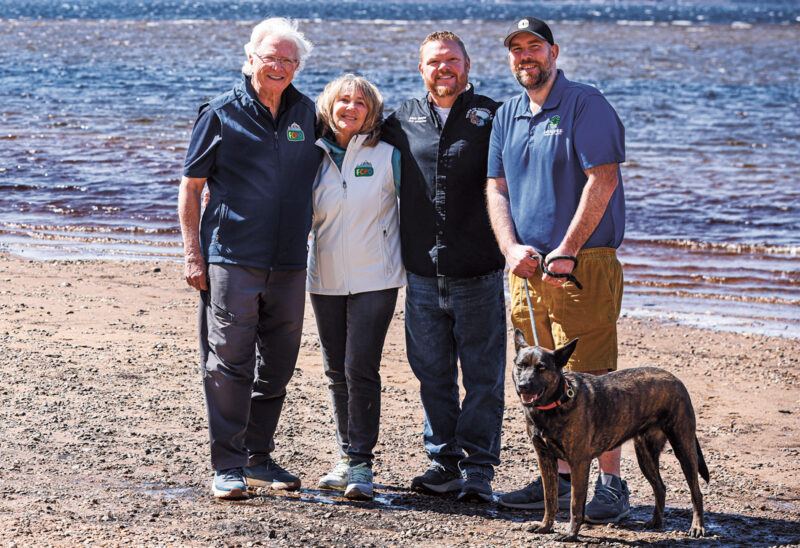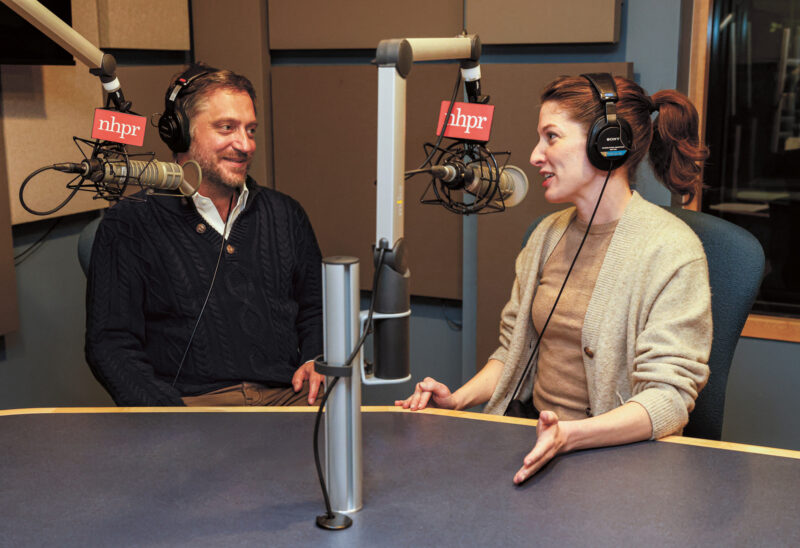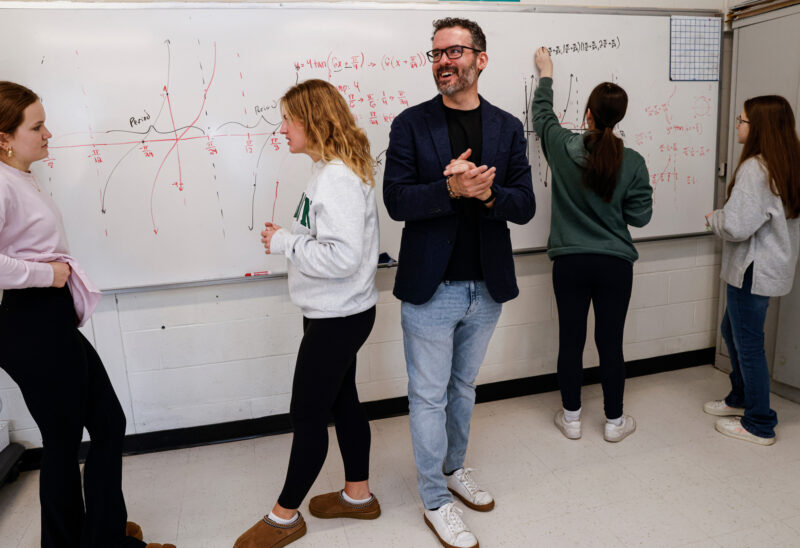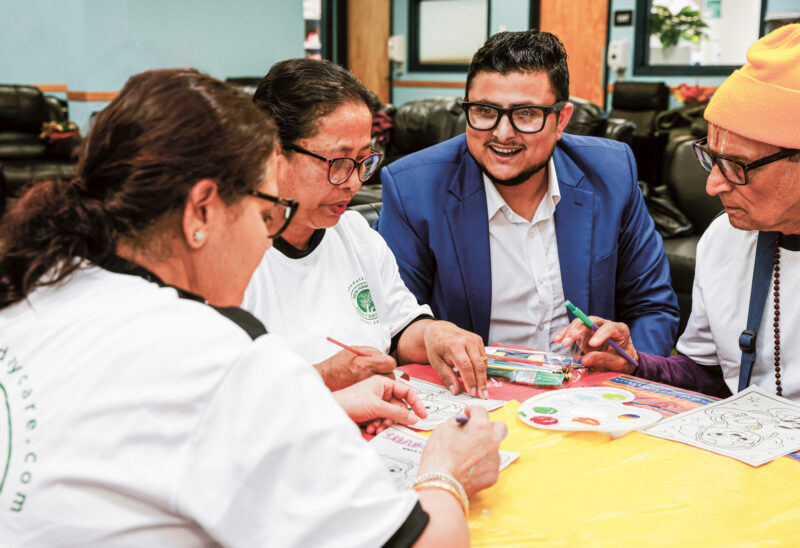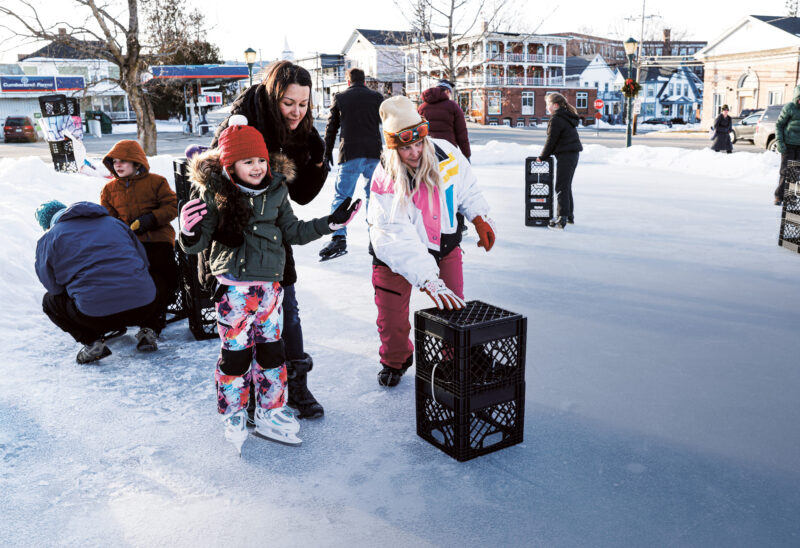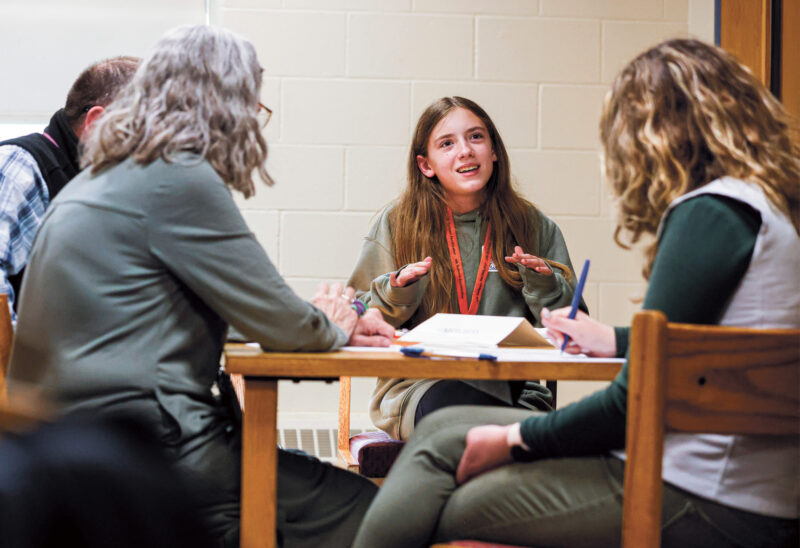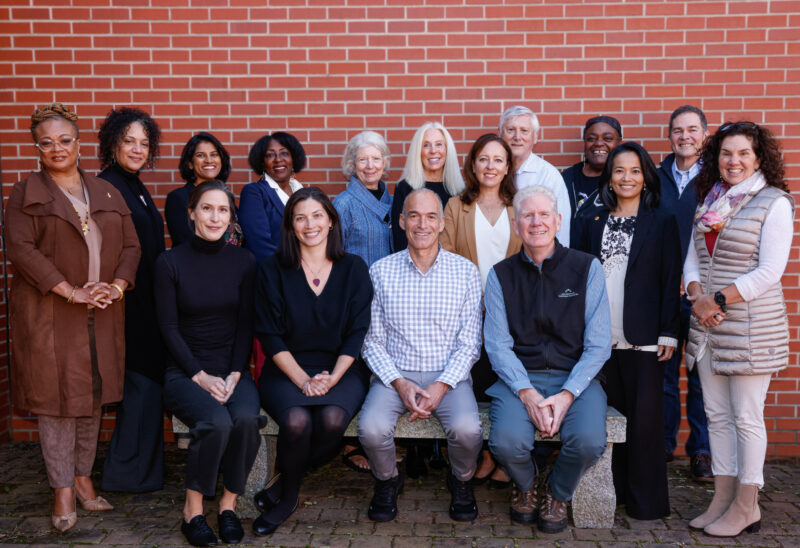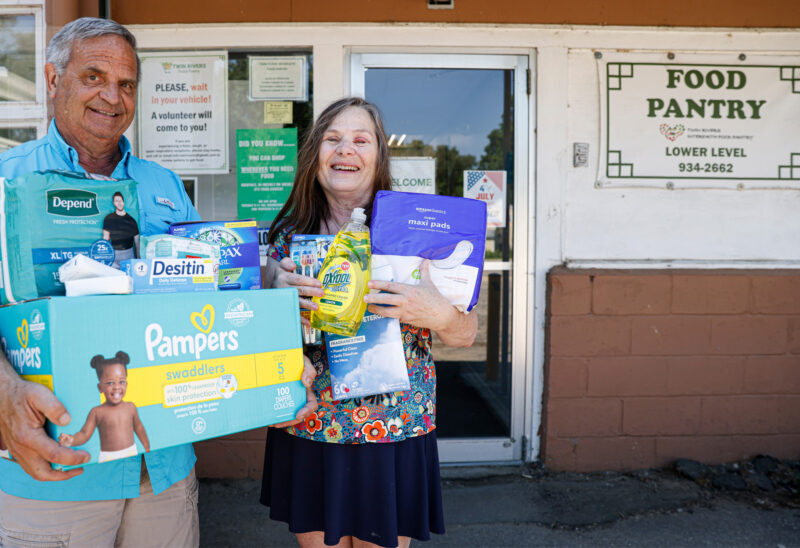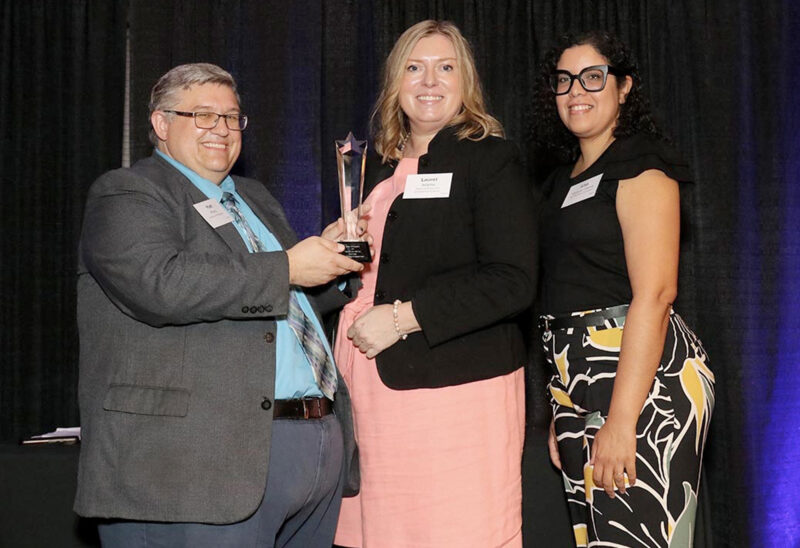It was six degrees when the small white bus pulled into a driveway in Colebrook – frozen snow crunching under the tires. A resident ventured out and adjusted a medical mask before getting in to go to a doctor’s appointment he probably would have canceled without the ride.
“My car broke down,” he said from his seat in the front row. “I’m so glad they gave me a ride today. I would not have been able to get there. It’s a life saver.”
The rider, who asked that his name not be used, said he might have been able to get a taxi, but probably would have skipped the appointment.
He was third rider on that frigid January day for the Coös Non-Emergency Medical Transport (CNET/NEMT) program, a partnership of Coös County Family Health Services, Tri-County Community Action Program and Colebrook’s Upper Connecticut Valley Hospital.
The eight-passenger, wheelchair-lift equipped vehicle provides free transportation for people in the Colebrook area to and from medical, dental, vision and mental health appointments, as well as non-emergency hospital care and pharmacies.
Along with funding from the partners, the Charitable Foundation’s Neil and Louise Tillotson Fund provides grant support to operate the bus and help keep North Country residents on the road to better health. A federal grant that helped start the program expired last year, so the partners are working on additional funding sources to maintain and expand the service.
The bus serves an area where many residents live on backcountry roads, long distances from medical appointments and in a region that has scant public transportation. Even telehealth visits can be difficult because of spotty internet service.
Most riders on the bus are elderly. Many use walkers or wheelchairs or face other challenges such as being vision-impaired or needing multiple appointments each week. Most travel to Upper Connecticut Valley Hospital in Colebrook and its adjacent medical clinic or pharmacy. Others ride to appointments elsewhere in town or outside the area.
The program began in September 2022, after Kenneth Gordon, CEO at Family Health Services approached Jeanene McDonald, Tri-County CAP’s transportation director, about designating a bus for non-emergency medical use. CAP already was running a public bus in Coös County that carried riders to medical appointments, as well as to work and to daily errands.
“When COVID hit, Ken saw that people were missing their appointments,” McDonald said. “So, we took a second bus and made it for medical purposes only.”
It was a popular, and valuable, decision.
Ridership has grown from 69 trips in September 2022 to a high of 195 in July 2024. Through January of 2025, the program had provided nearly 4,400 rides.
McDonald was shocked at the demand.
“Oh, my goodness,” she remembers thinking. “There are so many more people out there than I ever thought needed transportation.”
Without the bus, the partners agree that thousands of healthcare appointments might have been missed, leading to inconsistent care, less monitoring of chronic conditions and patients waiting to go to the doctor until their conditions worsen.
“You’d have an uptick of Emergency Department visits or just poor overall health because many patients would opt not to go to the doctor when they probably should,” said Gregory Cook, the hospital’s president and CEO.
Cook said the transportation partnership gives patients local access to preventive and specialty care that the hospital and its clinics offer, thanks in part to partnerships with other healthcare providers from outside the community.
“If patients with transportation needs can get here, it saves an even larger transportation need that they would have to find to get to Androscoggin Valley Hospital, which is an hour away (in Berlin), Weeks Medical Center, which is 45 minutes away (in Lancaster), or farther south to Dartmouth or Concord, which are hour and a half to two or three hours away,” he said.
Gordon said the program is crucial to the region’s aging population, which has transportation challenges year-round, but more so in winter when some residents park their cars for several months to avoid driving in dangerous conditions.
“For those folks, it’s a lifeline,” he said, and helps some remain independent.
Transportation is important in the “social determinants” of health: nonmedical factors that shape daily life and influence health.
“There’s been this growing recognition that health isn’t something that happens within the four walls of the hospital or the clinic,” Gordon said. “It happens outside in the community, and it has less to do with the care you receive, and more about other factors, like transportation – being able to get to the doctor.”
Back on the bus on that frigid January day, driver Les Avery is proud to be part of the service, typically picking up five to ten people a day. The previous day, he drove 150 miles. Before becoming a CAP driver, he had not realized how many residents were “shut-ins.”
“It gives me a good feeling to be able to get them around,” he said.
The riders are glad to see him and his warm bus.
One patient said the bus is dependable – and means family or friends do not have to miss work to help drive to appointments.
Rider Anneliese Nicklas has taken the bus to medical appointment because she is legally blind and no longer can drive.
“I know many, many people who use this bus,” she said. “It’s very valuable. Without it, it would leave me, like today, out in the cold.”

